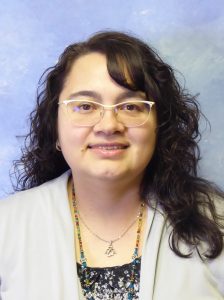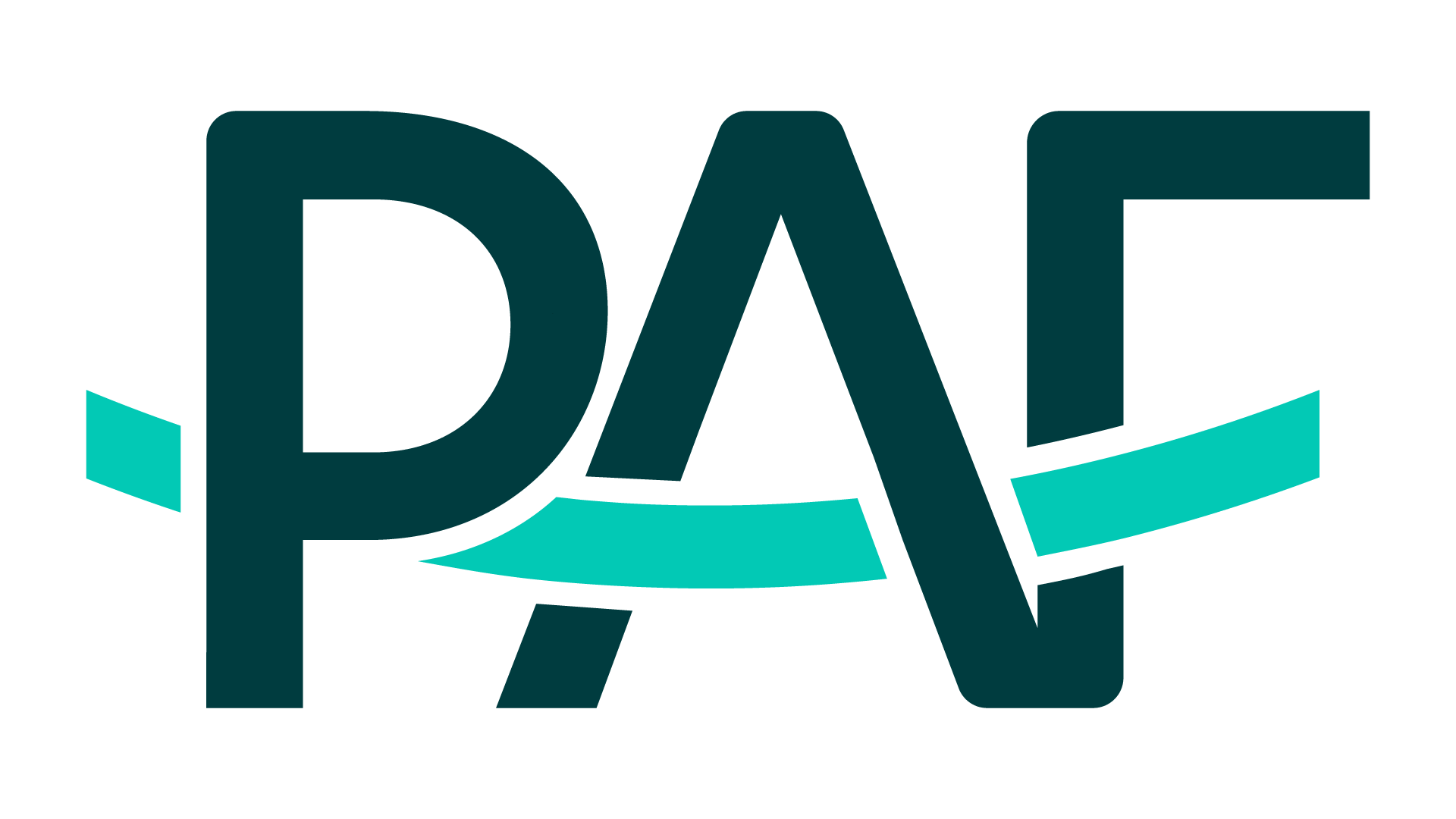Providing Healthcare to the People of Rural Alaska
Quana Ticket, PA-C
2022 William H. Marquardt Community Health Access Fellow
April 28, 2023

Have you ever wanted to visit the remote parts of Alaska? Who do you think you would see if you got hurt or needed help out in the mountains hiking or visiting anywhere outside of the big cities? Not a doctor, PA, or nurse practitioner—you would see a community health aide for your healthcare needs.
Community health aides/practitioners comprise a workforce of providers serving the healthcare needs of Alaska Native people in the Alaska Tribal Health System. They serve as the primary care providers for the people that live in the villages, and deliver emergent, acute, prenatal, well-child and chronic care. There are about 550 health aides in the state.
Even as a young girl growing up in the village of Noorvik, Alaska, I aspired to work in healthcare to serve other people. During my frequent visits to the clinic for strep throat as a child, I saw how helpful health aides were to our community. I knew then that I wanted to be just like them.
The people that live in the village choose to live in the remote parts of Alaska because it is their home, their way of life—deeply rooted in our ancestors’ way of life. It is a peaceful, slow-paced life that is rich in culture and requires hard but satisfying work to gather the foods our vast land provides to bring sustenance for the cold winter months. Without community health aides to bridge the gap in primary care services, some residents would not survive the injuries or illnesses they encounter in this work. Eighty percent of the state does not have a road system. Air travel is a necessity, but is sometimes impossible for days due to the weather.
Right out of high school, I attended certified medical assistant training in Anchorage. I worked at the Alaska Native Medical Center Family Medicine clinic for five years before deciding to move back home to the village. I then applied to work as a community health aide in my husband’s home village of Selawik.
While working as a community health aide for five years, I also completed requirements for certification as an EMT-2. I gained significant experience in the health aide role. I was thankful I was able to work with five experienced aides who taught me a lot and helped me after hours while working on call. As a health aide, I helped deliver a baby in the village clinic, attended to a severed artery, gunshot wounds, and fractured bones, and provided care to people who had made suicide attempts, among many other tasks.
My favorite part of working as a health aide was doing home visits to the elders of the village. They told me stories of how they survived with no healthcare available to them, using traditional medicine and even delivering their own babies at home and in their fish camps. The elders were so thankful for the care we provided them, and they gave us heartfelt encouragement for our work in the village. That has always guided and encouraged me along the path toward achieving my goal of becoming a PA.
After graduating PA school, I was hired to work at Southcentral Foundation in the primary care center as a team coverage provider. My experience as a community health aide, particularly the ability to determine whether a person is very sick, was valuable to my two-year primary care career.
After two years in primary care, I began working at the Community Health Aide Program (CHAP) as a CHAP Instructor. I enjoy this position because I can connect with the health aide students closely. I know where they come from and the work they do. I can relate to their experience working in the village with limited resources and being on call, caring for families with a wide range of medical problems, including trauma.
The community health aides do amazing work. They work tirelessly through the nights and sometimes even for days on end when the weather doesn’t allow the medevac planes to fly patients to the nearest hospitals for further care.
The main obstacle to providing healthcare in the village is a lack of resources. There are no means for imaging in most villages, and residents have to travel to the sub-regional hospital for an X-ray or CT scan. If they need surgery for an injury, they have to be flown by medevac plane to Anchorage, which can take up to several hours.
Community health aides work tirelessly to keep their people at home healthy. Some of the larger villages have PAs and NPs that live and work there, as well as do locum tenens work. Together, these healthcare providers deliver critical primary care and emergency services to people in the village. Without them, treating a simple infection would be difficult and residents would have to travel many miles for the care they need. They are a true example of bridging care gaps and meeting people where they are.

